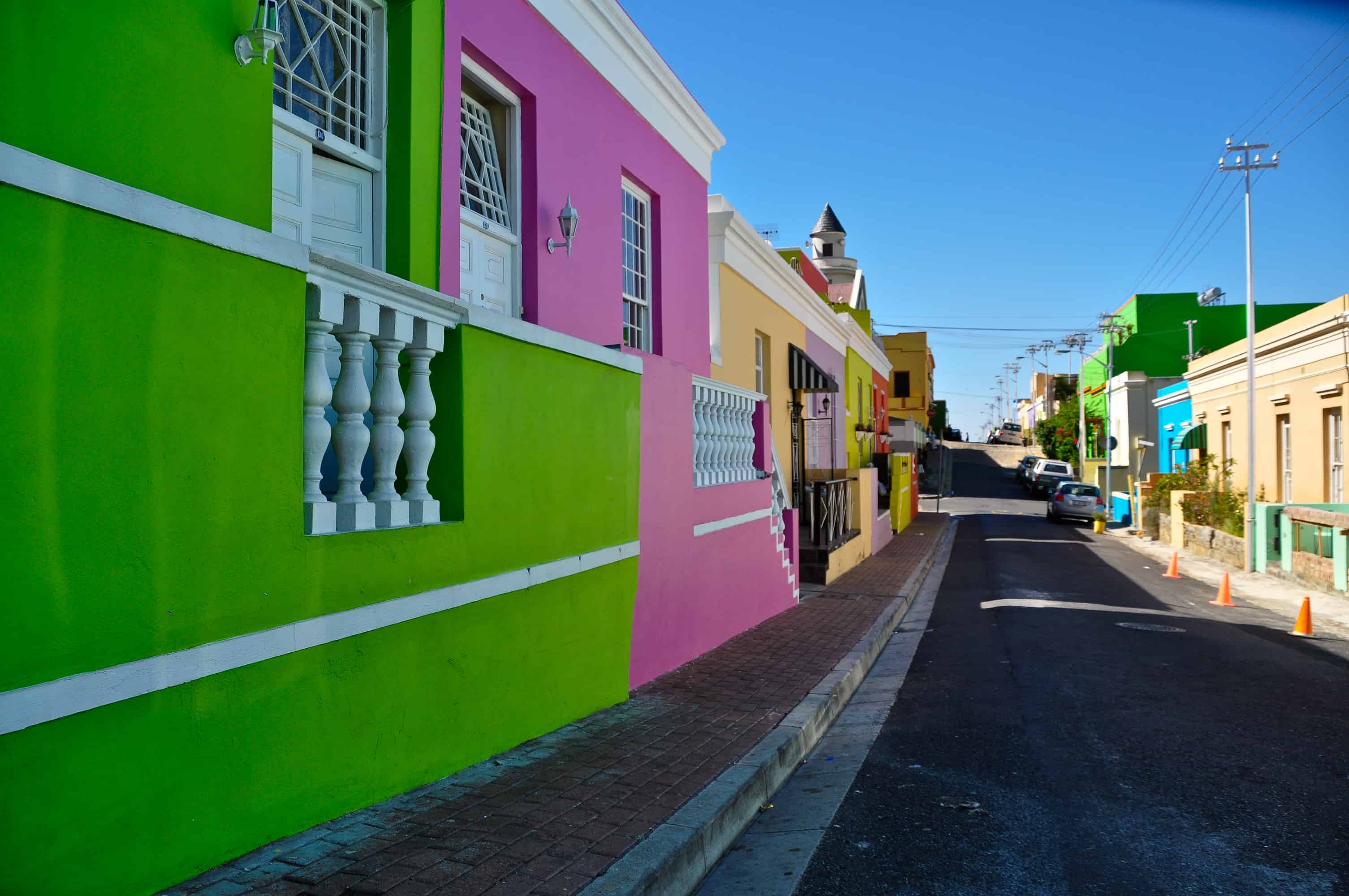
Text and photos by Mark Sissons
Of the cities that recently hosted World Cup matches, none symbolizes South Africa’s transformation more vividly than Cape Town, where jaw-dropping beauty is finally emerging from the long shadow of unspeakable cruelty.
South Africa’s gorgeous playground by the sea radiates an air of hope; even as troubles continue in a country that is overcoming its racial and economic divide faster than any nation in history. It also offers a fascinating picture of a destination with much more to offer than history lessons on racism.
Robben Island, the desolate prison in Table Bay off the coast of Cape Town where Nelson Mandela was incarcerated, is a museum and UNESCO World Heritage Site where former prisoners now lead tours.
Africa’s Alcatraz is among the many similarities between South Africa's premiere tourist destination and San Francisco. Both cities are renowned for their physical beauty, regularly included on lists of the world’s top 10 most beautiful cities. Each occupies a rugged, hilly peninsula jutting out into a majestic bay. Even their breezy climates are similar, as are their hilly, compact, pedestrian-friendly downtowns.
While South Africa’s most popular tourist destination still struggles with problems such as AIDS/HIV, violent crime and poverty, recent efforts to improve the city centre, known as City Bowl, are making it safer and friendlier to explore, especially on foot. And getting lost is never really a problem, because TABLE MOUNTAIN, THE CITY’S ICONIC 900-METRE BACKDROP – accessible by cable car or on foot along well-marked trails – provides a continuous point of orientation.
No longer is a stroll down Long Street, a 20-block strip in the centre of City Bowl, an exercise in personal risk management. Lined with bistros, used bookshops and Victorian-era buildings with wrought iron balconies, Cape Town’s bohemian hangout also has some of South Africa’s oldest churches and mosques – even a Turkish bath.
Cape Town’s historic working harbour has also undergone a complete makeover in recent years. Today, the Victoria and Alfred Waterfront is a pedestrian-friendly luxury residential marina packed with designer shops, ritzy restaurants and five-star hotels wedged between mountains and ocean. Another link to Cape Town’s fascinating past is BO-KAAP, THE CAPE MALAY DISTRICT FAMOUS FOR THE BRIGHTLY COLOURED HOUSES lining Chiappini Street. Malays were first brought here as slaves by the Dutch soon after they founded Cape Town as a provisioning station in 1652. Along with their Muslim faith, Malays introduced their cooking style, with spicy results like bobotie (curried ground beef and egg custard).
Another link to Cape Town’s fascinating past is BO-KAAP, THE CAPE MALAY DISTRICT FAMOUS FOR THE BRIGHTLY COLOURED HOUSES lining Chiappini Street. Malays were first brought here as slaves by the Dutch soon after they founded Cape Town as a provisioning station in 1652. Along with their Muslim faith, Malays introduced their cooking style, with spicy results like bobotie (curried ground beef and egg custard).
Many Malays also spent time in chains at the Slave Lodge at 49 Adderley Street, originally constructed in 1679 to house Dutch East India Company captives. Thousands lived and died here, and installations recreate their miserable existence, along with the inhuman conditions aboard a typical slave ship.
The rugged, windswept coastline those death vessels once sailed resembles parts of California. There’s a decadent Malibu vibe to seaside enclaves like Camps Bay, with its powder-white beaches fringed by palm trees, and Clifton, where luxurious cliff-side houses offer panoramic ocean views. Chapman’s Peak Drive, a vertiginous scenic route skirting the rocky coastline, recalls stretches of the Pacific Coast Highway near Big Sur. And Constantia Uitsig, a winery where I break for lunch, could easily be mistaken for a Napa Valley estate.
In fact, it takes guide Owen Jinka – pointing to a lovely stretch of beach and explaining that during apartheid it was strictly off-limits to him and his family because of their race – to remind me of where I am.
I wonder if the colony of African penguins farther south at the nesting sanctuary of Boulders Beach know where they are. LIKE STRANDED GUESTS AT A BLACK TIE PARTY, THEY WADDLE AIMLESSLY ALONG THE BEACH, protected by a sheltered cove as I snap their photos from a raised boardwalk.
Getting There
South African Airways has daily nonstop flights to Johannesburg from New York and Washington, with frequent connections to Cape Town.
Getting In
Canadian nationals need a valid passport, but no visa is needed for stays of up to 90 days.
Getting Around
If you’re comfortable driving on the left side of the road, a rental car is the most convenient way to get around Cape Town. Metered taxis are safe and reliable, but don’t generally cruise the streets, so you should call and pre-book. Minibus “taxis” are cheap but crowded and unsafe.
Where To Stay
The newly refashioned Cape Grace (www.capegrace.comwww.capegrace.com) blends modern luxury with traditional Cape culture on its own private quay in the centre of Cape Town’s Victoria and Alfred Waterfront. Another upscale option is the newly opened five-star Taj Cape Town (www.tajhotels.com/capetown), occupying two historic buildings in St. George’s Mall in the heart of the city centre.
Recommended Tours
Roots Africa Tours (www.rootsafrica.co.zawww.rootsafrica.co.za), arranges Table Mountain and city tours, as well as daytrips to Cape Point, and multi-day excursions to the Winelands, Hermanus and the Garden Route.


